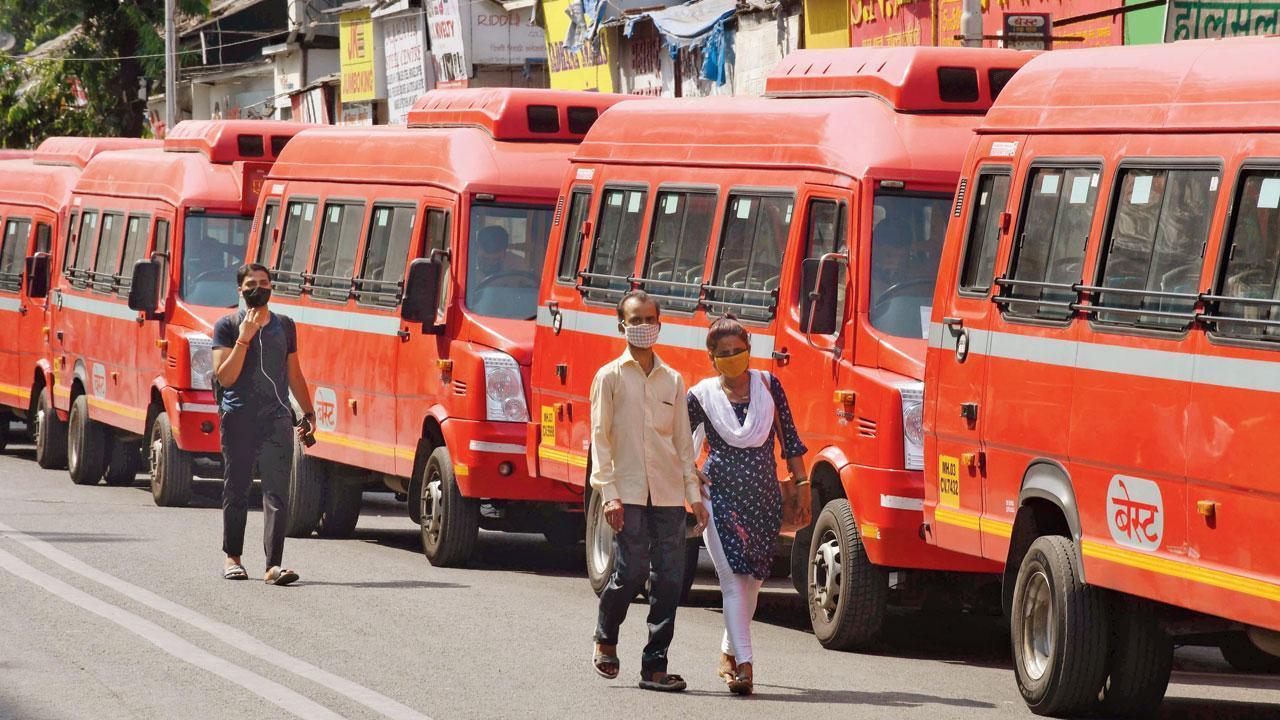Home / Mumbai / Mumbai News / Article /
Good, better, BEST at 150: The journey from horse-drawn trams to e-buses
Updated On: 10 May, 2024 09:33 AM IST | Mumbai | mid-day online correspondent
Added as alternative public transport to local trains, the BEST today ferries around 70 lakh commuters daily. The undertaking has a fleet of 3,051 buses, including 561 battery-powered ones, ferrying around 32 lakh passengers a day in Mumbai and neighbouring Navi Mumbai, Thane and Mira-Bhayander

Representation Pic
The BEST completed 150 years on Thursday. From being the literal ‘horse power’ of Bombay to transitioning to buses running on diesel and embracing less-polluting compressed natural gas or CNG before introducing sleek and silent electric vehicles with zero emission in today’s Mumbai, such has been the journey of Brihanmumbai Electric Supply and Transport (BEST) since May 9, 1874.
Today, BEST buses are the second biggest mode of public transport in Mumbai, after the suburban locals, which ferry around 70 lakh commuters daily. The undertaking has a fleet of 3,051 buses, including 561 battery-powered ones, ferrying around 32 lakh passengers a day in Mumbai and neighbouring Navi Mumbai, Thane and Mira-Bhayander, said BEST spokesperson Sunil Vaidya. BEST also supplies power to its 10.5 lakh consumers in the island city of Mumbai, he said, reported by news agency PTI.




